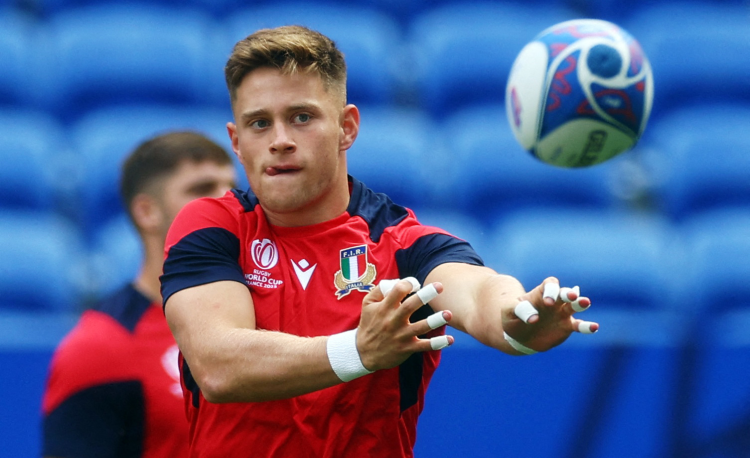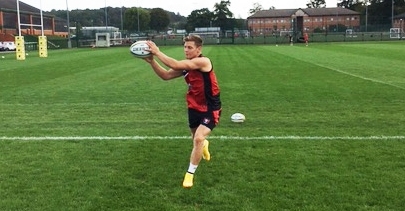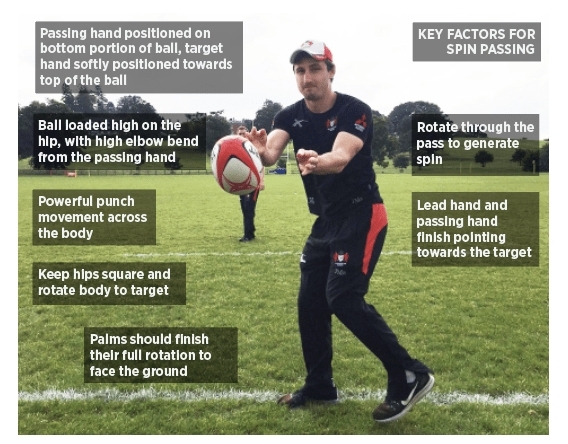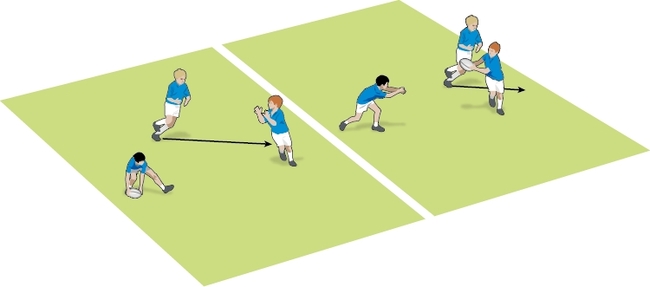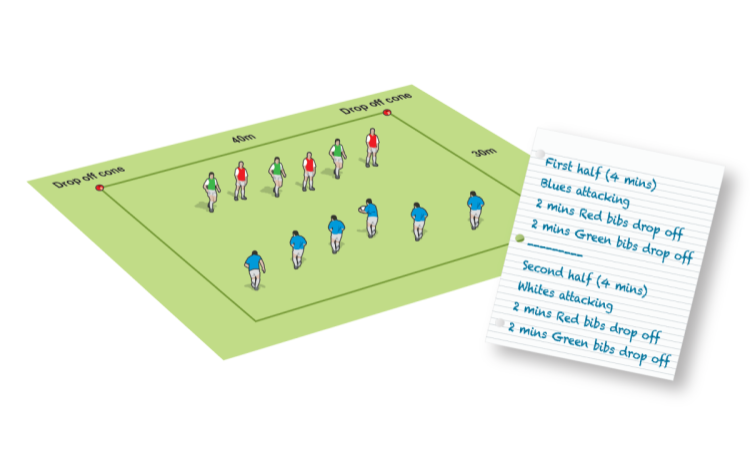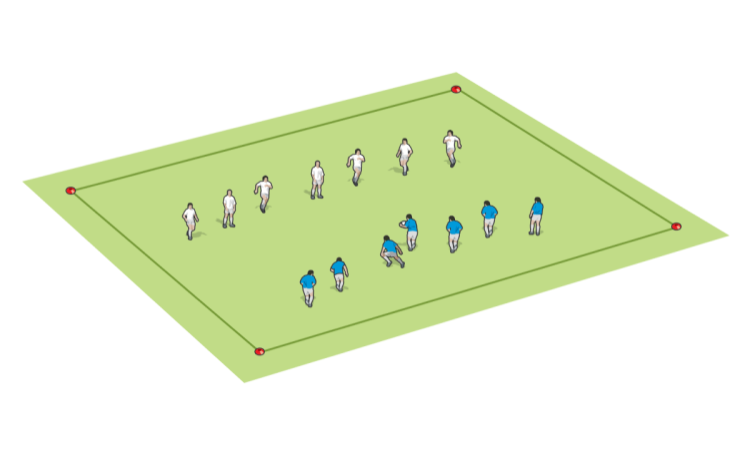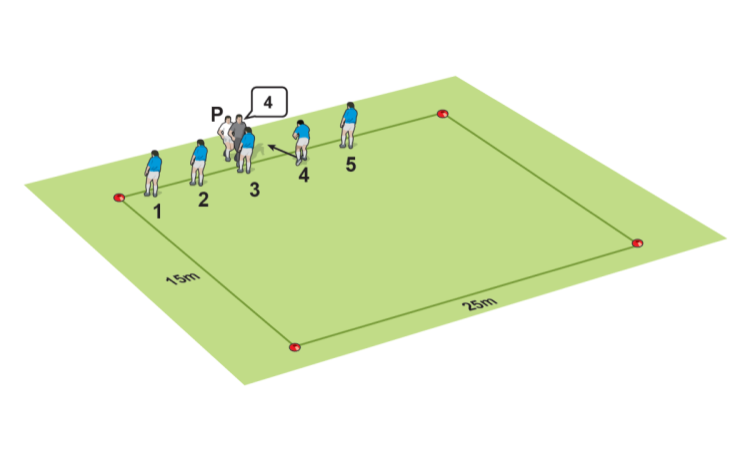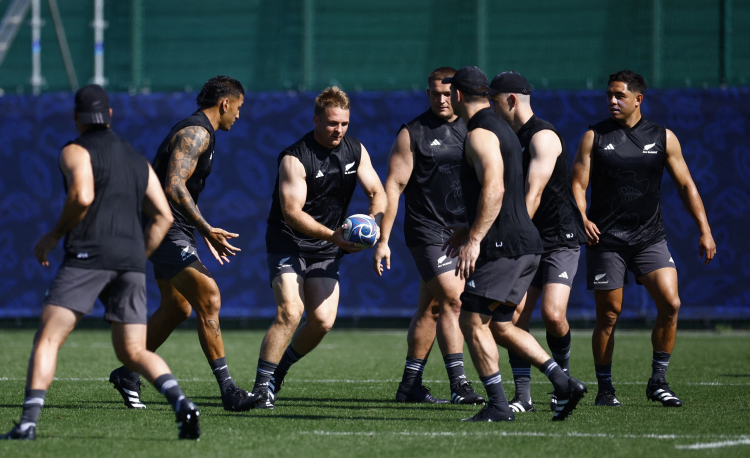You are viewing
1 of your 2 free articles
Priority skills for passing and catching
There are so many elements to passing, which ones do you concentrate on first and how do you train them?
Here are a bunch of the priority skills you need and then great ways to train them.
Priority skills for spin passing and Priority skills for catching pick out which of the most important techniques you need to use under pressure and then concentrate on how to train one of them for spin passing and for catching. There are two sessions in each article which concentrate helping both advanced and developing players.
For push passes, in other words a non-spin pass, Magic hands and core to the try line give your players key cues to ensure they are both accurate with the pass and engage the defender.
Finally, all players need to be able to clear the ball from the base of the ruck. Super-fast clearance (scrum half) passes will develop the basic ideas so you can make the best use of quick ruck ball.
Newsletter Sign Up
Coaches Testimonials

Gerald Kearney, Downtown Las Vegas Soccer Club

Paul Butler, Florida, USA

Rick Shields, Springboro, USA

Tony Green, Pierrefonds Titans, Quebec, Canada
Subscribe Today
Be a more effective, more successful rugby coach
In a recent survey 89% of subscribers said Rugby Coach Weekly makes them more confident, 91% said Rugby Coach Weekly makes them a more effective coach and 93% said Rugby Coach Weekly makes them more inspired.
Get Weekly Inspiration
All the latest techniques and approaches
Rugby Coach Weekly offers proven and easy to use rugby drills, coaching sessions, practice plans, small-sided games, warm-ups, training tips and advice.
We've been at the cutting edge of rugby coaching since we launched in 2005, creating resources for the grassroots youth coach, following best practice from around the world and insights from the professional game.
